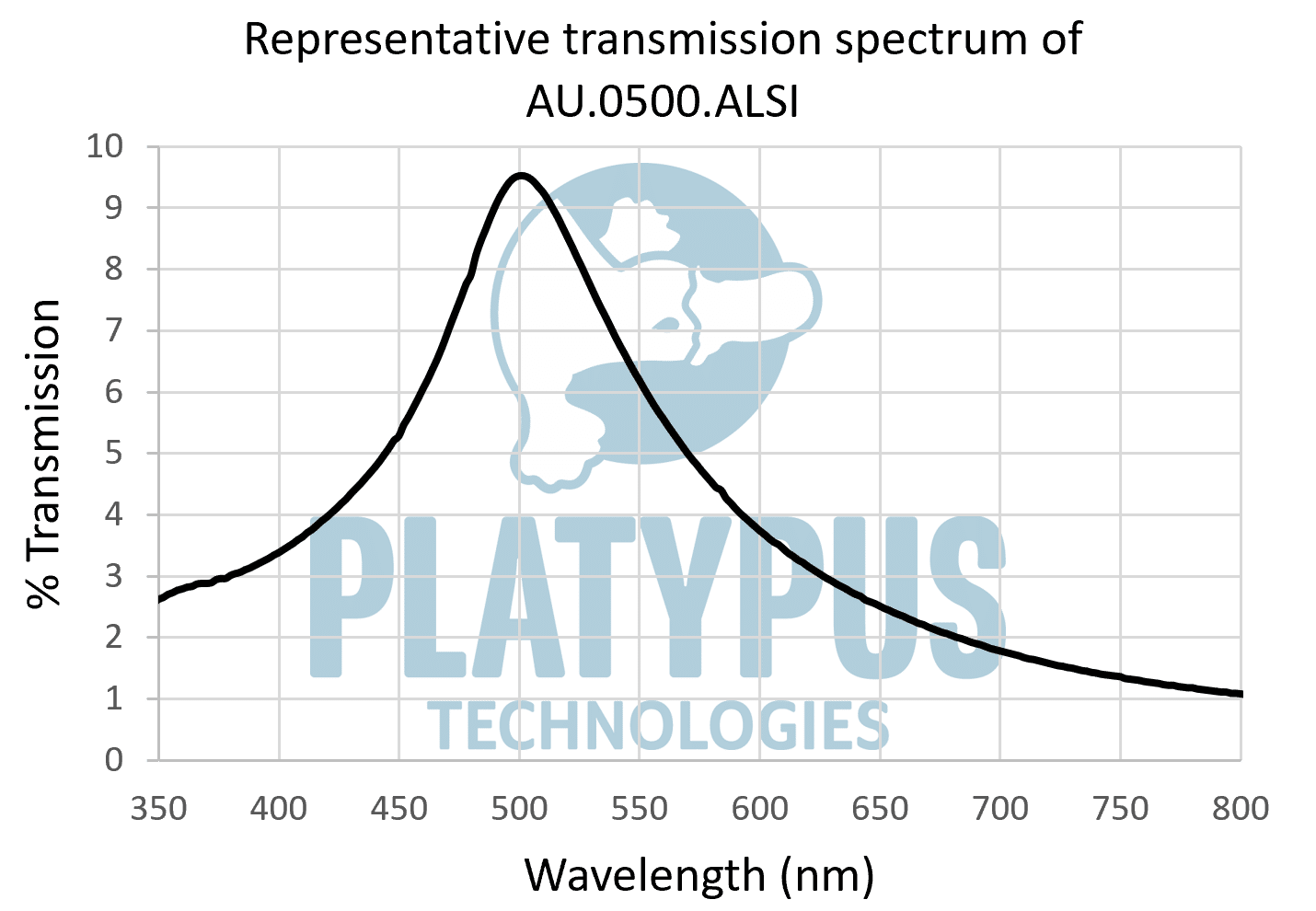Optical Transmission of Gold Thin Films
Gold thin films, with their shimmering luster and exceptional properties, have fascinated scientists and engineers for decades. Beyond their aesthetic appeal lies an intriguing realm of optical characteristics that pave the way for groundbreaking technologies. In this blog, we will discuss the optical transmission of thin films of gold.
Understanding Optical Transmission
All materials have a unique relationship with light. Factors such as the material’s thickness, composition, and structure can influence how much light a material absorbs, reflects, or transmits.
Optical transmission refers to the process by which light passes through a material. For materials like gold thin films, this transmission isn’t just about allowing light through; it’s about how the material interacts with and modifies that light.
Gold is more than just a shiny metal. Its high conductivity makes it vital for electronic applications. Meanwhile, its biocompatibility makes it invaluable for medical uses. But when it comes to optics, gold’s interaction with light—specifically its absorption, reflection, and transmission properties—is truly captivating.
When light meets a gold thin film, fascinating physics comes into play. One phenomenon, known as surface plasmon resonance (SPR), occurs when the electrons in the gold oscillate in response to the light, affecting the transmission of light through the film. This resonance peaks for wavelengths of light at and around 500 nanometers.
See the figure below for a spectrum of the optical transmission of gold thin films deposited on glass:

Practical Applications of Gold Thin Films
- Photonics: Gold thin films play a starring role in photonics, where they guide and manipulate light on the nanoscale. This has applications in data transmission and quantum computing.
- Biosensors: Gold’s unique optical properties make it ideal for biosensors. These sensors can detect minute amounts of substances, from toxins in water to glucose levels in the bloodstream.
- Optical Filters: Using gold thin films, scientists can design optical filters that only allow specific wavelengths of light to pass through, which is invaluable in technologies from cameras to telescopes.
- Medical Therapies: In medical treatments like photothermal therapy, the plasmon resonance of gold nanoparticles is harnessed to target and treat specific cells or pathogens without affecting surrounding tissues.
The world of gold thin films is as dazzling as it is vast. As we continue to unlock the mysteries of its optical transmission, the potential applications seem endless. From revolutionizing technology to improving medical treatments, the future of gold thin films looks golden.
Eager to delve deeper into the realm of gold thin films? Explore our website for more insightful articles and breakthrough research. And if you found this article illuminating, please share it with your peers and spread the word!